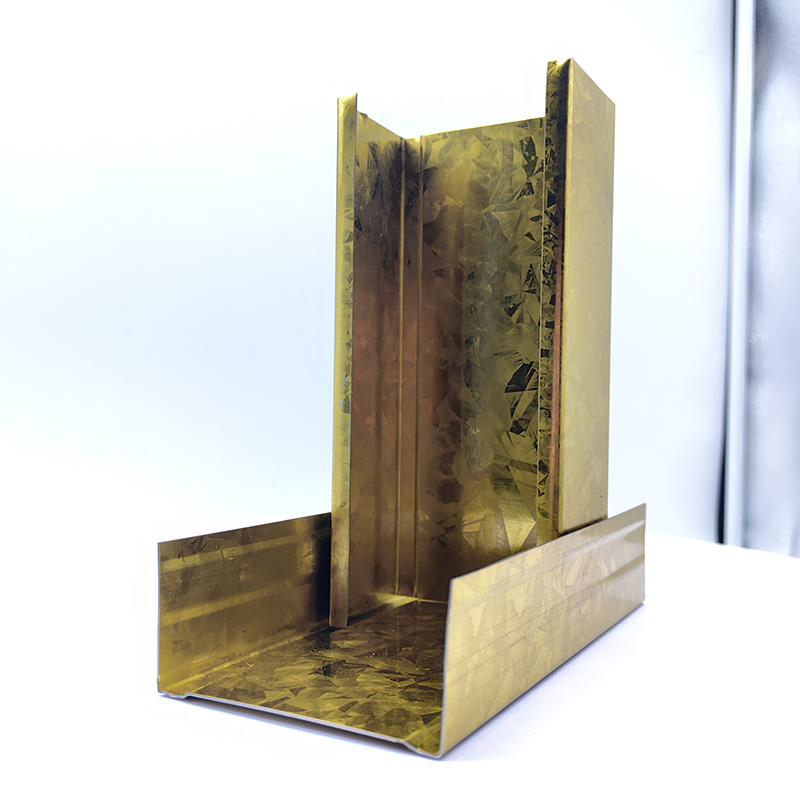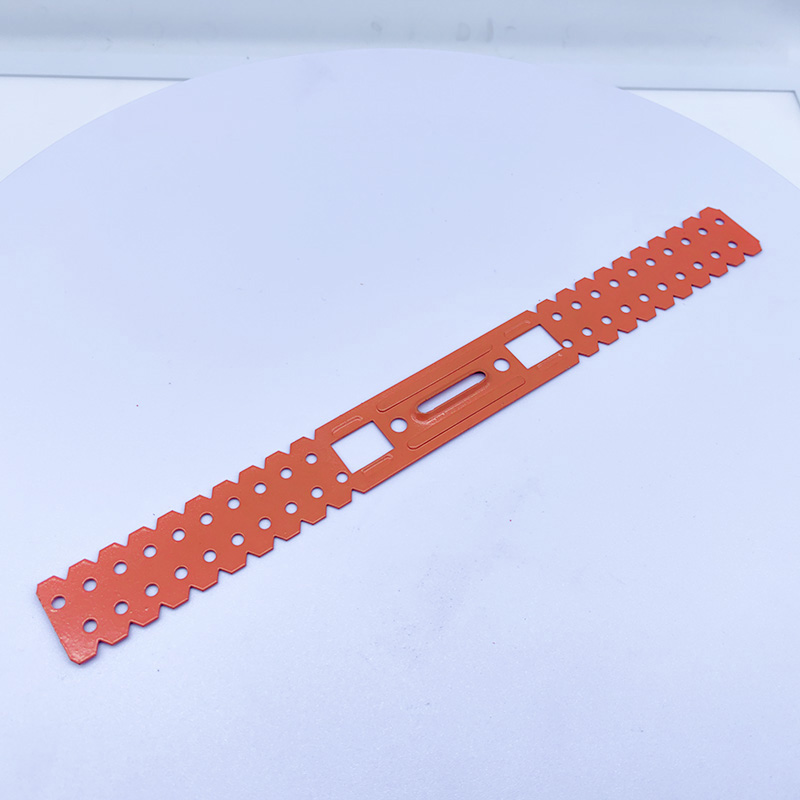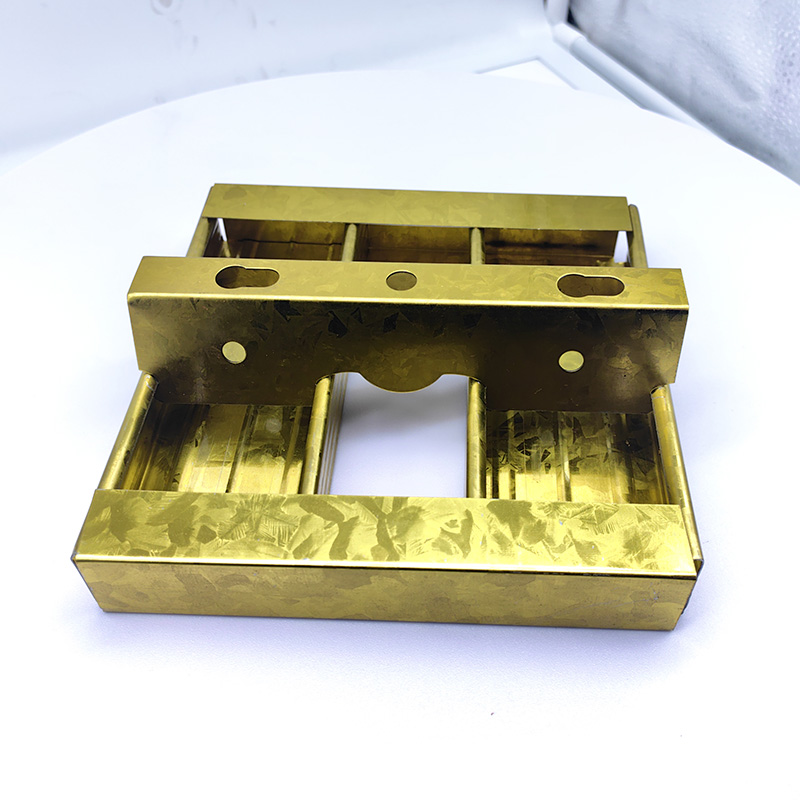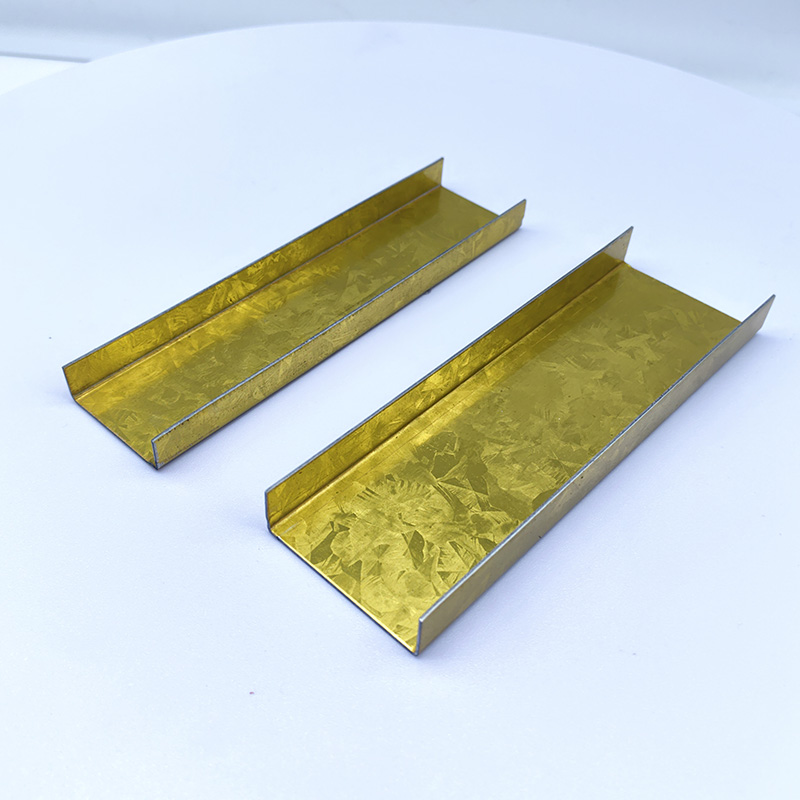Corner Wall Angle vs. Traditional Trim: Performance Comparison for Modern Construction
2025-06-24 02:16:15
I. Introduction: New Considerations for Corner Treatment in Modern Architecture
With the continuous development of the construction industry, modern architecture has set higher standards for corner treatment. It is necessary to meet both functional requirements, such as resisting daily collisions and ensuring the stability of the wall structure, and aesthetic requirements, integrating seamlessly with the overall space design style. Corner Wall Angle (wall corner guards) and Traditional Trim are two common methods for corner treatment, and their performance differences are of great significance to modern construction projects. This article will conduct a comprehensive performance comparison between the two from multiple dimensions, providing a comprehensive reference for construction practitioners and design enthusiasts.
II. Corner Wall Angle: A Modern and Practical Corner Solution
2.1 Definition and Structural Foundation
Corner Wall Angle refers to materials used to protect the edges of wall corners, aiming to enhance the corner's impact resistance and service life. Common materials include metals (such as stainless steel and aluminum alloy), plastics (PVC, ABS, etc.), and composite materials. Metal materials have high strength and excellent impact resistance; plastic materials are lightweight and flexible, making installation convenient; composite materials combine the advantages of multiple materials, offering both strength and toughness. Structurally, Corner Wall Angle is mostly in the form of long strips with right angles or specific angles. Some are equipped with anti - slip textures or reinforcing ribs to improve the protective effect.
2.2 Core Function Analysis
The primary function of Corner Wall Angle is corner protection. It can effectively resist collisions and frictions caused by pedestrian movement and furniture handling, reducing the risk of wall surface damage. During the construction process, it can also assist in wall leveling. By being fixed to the corner, it provides a reference for subsequent wall treatment, improving construction efficiency. In addition, with the development of design, many Corner Wall Angle products have continued innovation in color and shape, possessing a certain degree of decorativeness and being compatible with simple and modern decoration styles.
III. Traditional Trim: A Decorative Choice Inheriting Aesthetics
3.1 Definition and Type Overview
Traditional Trim refers to strip - shaped materials used for wall and corner decoration, carrying rich decorative functions and cultural connotations. Common types include wood trim, gypsum trim, and PU trim. Wood trim has a warm texture and is often used to create a warm and natural atmosphere. Gypsum trim has strong plasticity and can be carved into complex and exquisite patterns. PU trim combines beauty and durability and has become a popular decorative material in recent years.
3.2 Functional Characteristics Description
The core function of Traditional Trim is to decorate and beautify the space. Through rich textures, carvings, and shapes, it adds a sense of hierarchy and artistry to the walls and corners. At the same time, it can to some extent cover up construction flaws on the wall, such as uneven seams and local depressions. Different styles of Traditional Trim are also important manifestations of architectural styles. For example, European - style architecture often uses magnificent and intricate gypsum trim, while Chinese - style architecture prefers simple wooden trim, creating a unique spatial atmosphere.
IV. In - Depth Performance Comparison Analysis
4.1 Durability: A Contest of Long - Lasting Protection
Corner Wall Angle stands out in terms of impact resistance and wear resistance due to its high - strength materials. Its corrosion resistance and anti - aging performance also ensure that it is not easily damaged during long - term use. In contrast, the durability of Traditional Trim varies significantly depending on the material. Wood trim is prone to deformation and damage due to moisture and pests. Gypsum trim is relatively brittle and easily damaged upon collision. Even the relatively durable PU trim may face problems such as surface wear and fading during long - term use, requiring more meticulous maintenance in daily use.
4.2 Installation Convenience: A Balance of Efficiency and Difficulty
The installation process of Corner Wall Angle is simple. It is usually installed by adhesion or nailing, with low technical requirements for construction personnel, enabling quick completion of installation and effectively improving construction efficiency. The installation of Traditional Trim is much more complex. Especially for trim with complex shapes, it requires professional personnel to conduct precise measurements, cutting, and splicing, with high requirements for installation craftsmanship. Different materials of trim also have their own installation difficulties. For example, wood trim needs anti - corrosion and splicing treatments, and gypsum trim needs to be installed carefully to prevent breakage. Overall, the installation is more difficult and time - consuming.
4.3 Cost - Effectiveness: Calculating the Economic Account
In terms of cost, the material cost of Corner Wall Angle is generally low. Combined with its high installation efficiency, it can significantly save labor costs, and the post - maintenance cost is also relatively low. For Traditional Trim, high - end solid wood or customized gypsum trim has high material costs. The complex installation craftsmanship further increases labor costs. If damage occurs later, the repair difficulty and cost are also high. Overall, in some projects, its cost - effectiveness is not as good as that of Corner Wall Angle.
4.4 Decorative Effect: Differences in Style and Aesthetics
Corner Wall Angle mainly has a simple and modern appearance, with a variety of color and shape options. It can be adapted to modern minimalist, industrial, and other styles, but it lacks richness in decorative details. Traditional Trim, with its rich carvings, textures, and diverse materials, can create a variety of atmospheres such as classical, magnificent, and warm, having unique advantages in spaces that emphasize decorative aesthetics and style expression.
4.5 Environmental Performance: Considerations for Green Buildings
Modern Corner Wall Angle increasingly adopts environmentally friendly materials, with low pollution during production and use. The environmental performance of Traditional Trim varies greatly depending on the material. Excessive logging of wood may damage the ecosystem, and some materials used in the processing of certain trim, such as glues, may also release harmful substances, resulting in uneven environmental performance.
V. Analysis of Application Scenario Differences
5.1 Suitable Areas for Corner Wall Angle
In high - traffic public areas such as schools, hospitals, and shopping malls, Corner Wall Angle can effectively resist frequent collisions and protect the corners. Functional spaces such as industrial buildings and warehouses focus more on practicality, and the protective function of Corner Wall Angle can meet their needs. In addition, in residential decoration that pursues a simple and modern style, the simple appearance of Corner Wall Angle can provide protection without disrupting the overall style.
5.2 Ideal Scenarios for Traditional Trim
High - end residential buildings and villas often choose Traditional Trim for luxury decoration, showcasing quality and style through exquisite carvings and textures. Commercial spaces with classical or European styles, such as hotel lobbies and art exhibition halls, can use Traditional Trim to enhance the style characteristics of the space. In interior design projects that emphasize decorative details, Traditional Trim can add artistry and cultural connotations to the space.
VI. Selection Suggestions: Decision - Making Based on Matching Needs
6.1 Determined by Functional Requirements
If a building emphasizes practicality and protection, such as public facilities and industrial sites, Corner Wall Angle is a better choice. If the focus is on space decorativeness, such as high - end residential buildings and art spaces, Traditional Trim can better meet the needs.
6.2 Selected According to Decoration Style
Modern minimalist, minimalist, and other styles are suitable for pairing with Corner Wall Angle. Traditional, classical, European, and other styles are more compatible with Traditional Trim, fully showcasing the essence of the style.
6.3 Considered in Combination with Cost Budget
For low - budget projects, Corner Wall Angle can be given priority, achieving protection and basic decoration at a lower cost. For high - budget projects that pursue high - quality decorative effects, Traditional Trim can be selected, but cost control should be well done.
VII. Prospects for Future Development Trends
7.1 Innovation Directions for Corner Wall Angle
In the future, Corner Wall Angle will continue to innovate in materials. The application of smart materials may enable it to have functions such as self - repair and intelligent monitoring. In terms of design, it will also become more personalized to meet the aesthetic needs of different users, further integrating functionality and decorativeness.
7.2 Transformation Trends for Traditional Trim
Traditional Trim will increase the research, development, and promotion of environmentally friendly craftsmanship to reduce pollution during production and use. At the same time, the integration of traditional craftsmanship and modern technology will become a trend. Through digital design and processing, the production accuracy and efficiency of trim will be improved, giving new vitality to Traditional Trim.
VIII. Conclusion: Weighing Performance to Achieve Ideal Corners
Corner Wall Angle and Traditional Trim each have their advantages and disadvantages in modern architecture. Through a comparison of their performance in terms of durability, installation convenience, cost - effectiveness, decorative effect, and environmental performance, as well as an analysis of application scenarios and selection suggestions, it is hoped that this article can help readers weigh the pros and cons according to actual needs in construction and design, and choose an appropriate corner treatment method to create a practical and beautiful architectural space.

A Double Anti-Rust Gold Partition Wall Stud is a type of steel stud commonly used in the co...

A CD UD Profile Furring Clip U Clamp is a type of metal fastening component used in the ins...

A 60mm Ceiling Grid refers to a type of suspended ceiling system, commonly used in commerci...

38mm Main Tee and 50mm Main Tee refer to the widths of the main tee profiles used in suspen...

